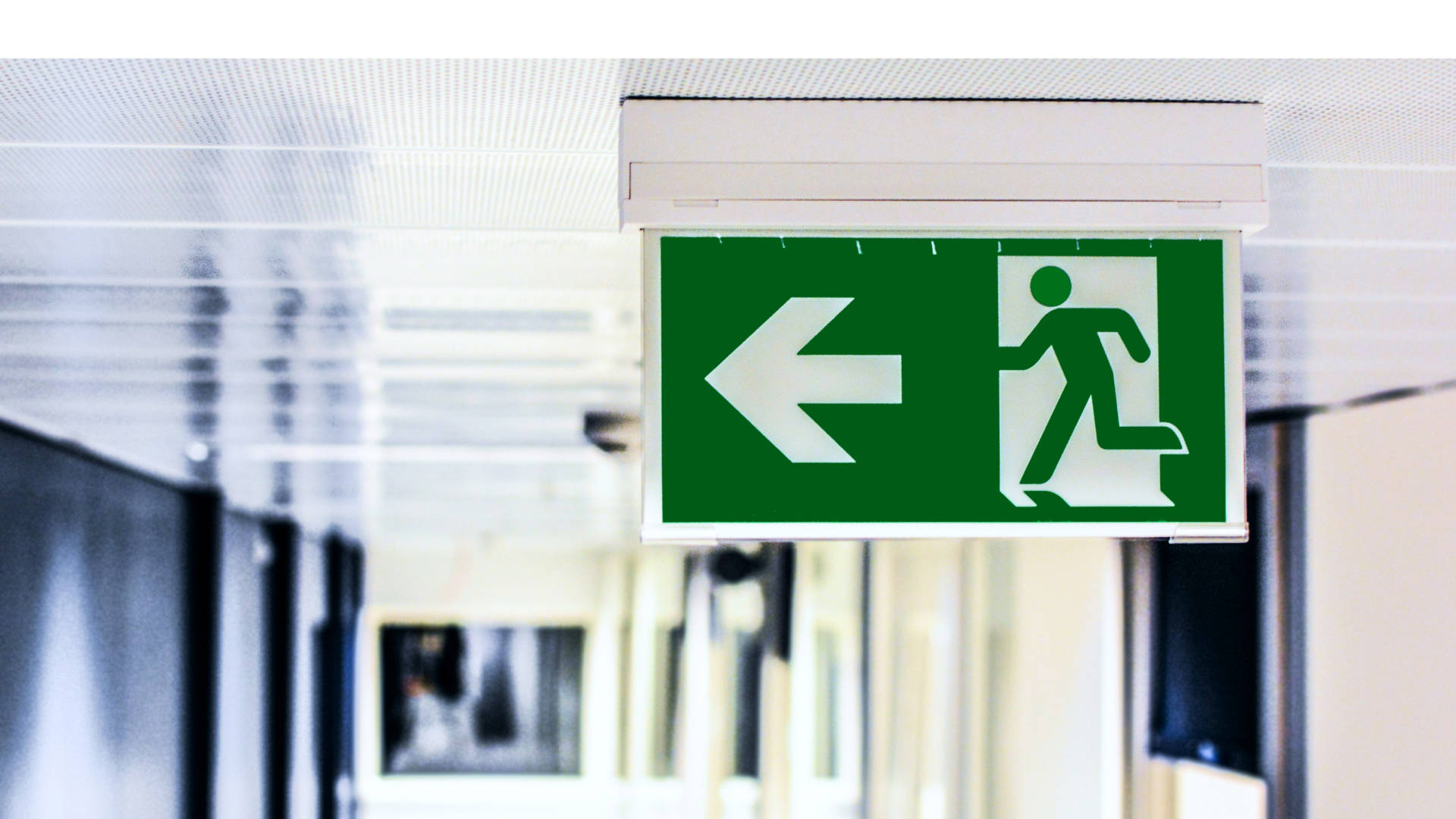
Fire Safety
Latest
-
This guidance is issued by the Secretary of State in accordance with Article 50 of the Regulatory Reform (Fire Safety) Order 2005 (the FSO).
This is a revised version of guidance on the Fire Safety (England) Regulations 2022, which was first published in January 2023.
The guidance has been revised in the light of government concerns regarding a misunderstanding of the scope and intent of the Regulations, which has resulted in burdens on leaseholders, who have been advised to replace flat entrance doors that were not manufactured, and certificated, in accordance with current standards for new fire-resisting doors.
- Fire Safety
- Fire Safety (England) Regulations 2022
-
The Remediation Acceleration Plan (RAP), published on 2 December 2024, set out the government’s plans to accelerate the remediation of residential buildings with unsafe cladding in England and improve resident experience. As part of that plan, the government committed to publishing an update to report on progress and outline additional measures to support the delivery of its key objectives:
An update published today (17 July 2025) outlines the significant progress already made against these objectives and sets out a range of additional measures to fix buildings faster, identify those 11m+ buildings still at risk and ensure that residents are supported in the process. These measures will help to overcome the barriers to remediation so that residents feel safe and are safe in their homes.
To fix buildings faster, this update outlines plans to:
- Give social landlords equal access to government remediation funding as private landlords, supported by a new joint plan between government, social landlords and regulators to speed up remediation, cutting years off the time to make social tenants safe and improving resident experience before, during and after remedial works.
- Bring forward a Remediation Bill to create a hard ‘endpoint’ for remediation. A Legal Duty to Remediate will compel landlords to remediate their buildings within fixed timescales or face criminal prosecution. Avoidance is not an option. Where landlords fail, new powers - including a Remediation Backstop - will ensure the work gets done. The Bill will be brought forward as soon as parliamentary time allows.
- Tighten fire assessment standards to minimise delays to remediation start dates and provide certainty on the scope of works.
- Support the delivery of Local Remediation Acceleration Plans (LRAPs) to enhance collaborative working and expertise at regional levels, further to the over £5 million in funding already provided to metro mayors.
- Establish a National Remediation System (NRS) to serve as the single source of data for all relevant buildings over 11 metres to enhance information sharing across partner organisations.
- Building Remediation
-
The new Building Safety (Wales) Bill introduces a new safety regime for multi-occupied residential buildings in Wales, with a strong focus on resident safety, accountability, and regulatory enforcement. It builds on the Building Safety Act 2022 and responds to findings from the Hackitt Review and the Grenfell Tower Inquiry.
Key highlights of the Bill include:
- New statutory duties for building owners and managers.
- A tiered system of responsibilities based on building height and complexity.
- The introduction of duty holder roles such as the Principal Accountable Person (PAP).
- Enhanced rights and protections for residents, particularly vulnerable groups.
- Significant implications for developers, including registration and documentation requirements.
To read the Bill in full, click here
-
The new Fire Safety (Residential Evacuation Plans) (England) Regulations 2025 have been laid before Parliament, bring forth new legislation, which will come into force in April 2026.
The new regualtions seek to support the fire safety of “relevant residents” of specified
residential buildings. These are residents whose only or principal residence is the
domestic premises in which they reside, and whose ability to evacuate the building
without assistance in the event of a fire is compromised as a result of a cognitive or
physical impairment or condition. The regualtions apply to high-rise residential
buildings (these are residential buildings that are at least 18 metres above ground level
or have at least seven storeys) and residential buildings over 11 metres in height that
have simultaneous evacuation strategies in place.To access the regualtion as laid CLICK HERE
- Fire Safety
-
New fire safety rules are coming into force to support disabled and vulnerable residents in high-rise buildings. From 6th April 2026, the Fire Safety (Residential Evacuation Plans) (England) Regulations 2025 will require Responsible Persons to identify residents who may need help evacuating in a fire and to take steps to support them. These residents, referred to as relevant residents, may have mobility, sensory, or cognitive impairments.
The Regulations introduce Residential Personal Emergency Evacuation Plans (Residential PEEPs), which include:
- Identifying relevant residents
- A person-centred fire risk assessment
- An agreed emergency evacuation statement
- Optional consent-based sharing of information with the local Fire and Rescue Authority
- Ongoing review of plans and evacuation procedures
These duties are legally enforceable and apply to residential buildings over 18 metres or seven storeys, or 11 metres and above with a simultaneous evacuation strategy.